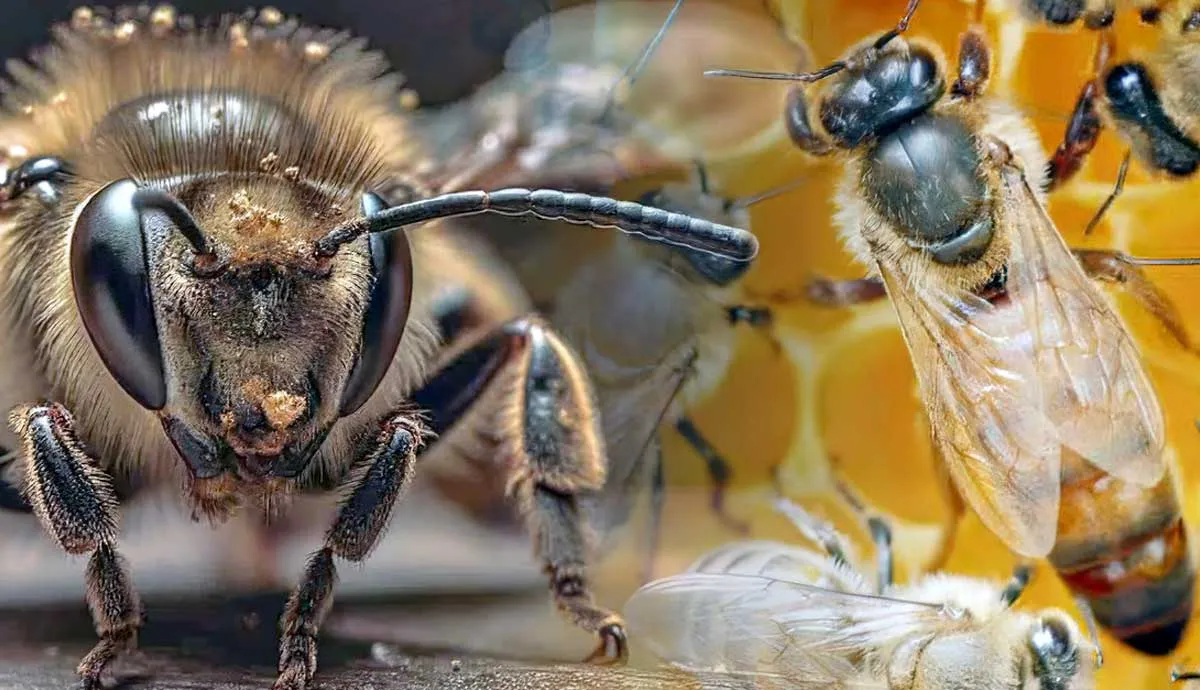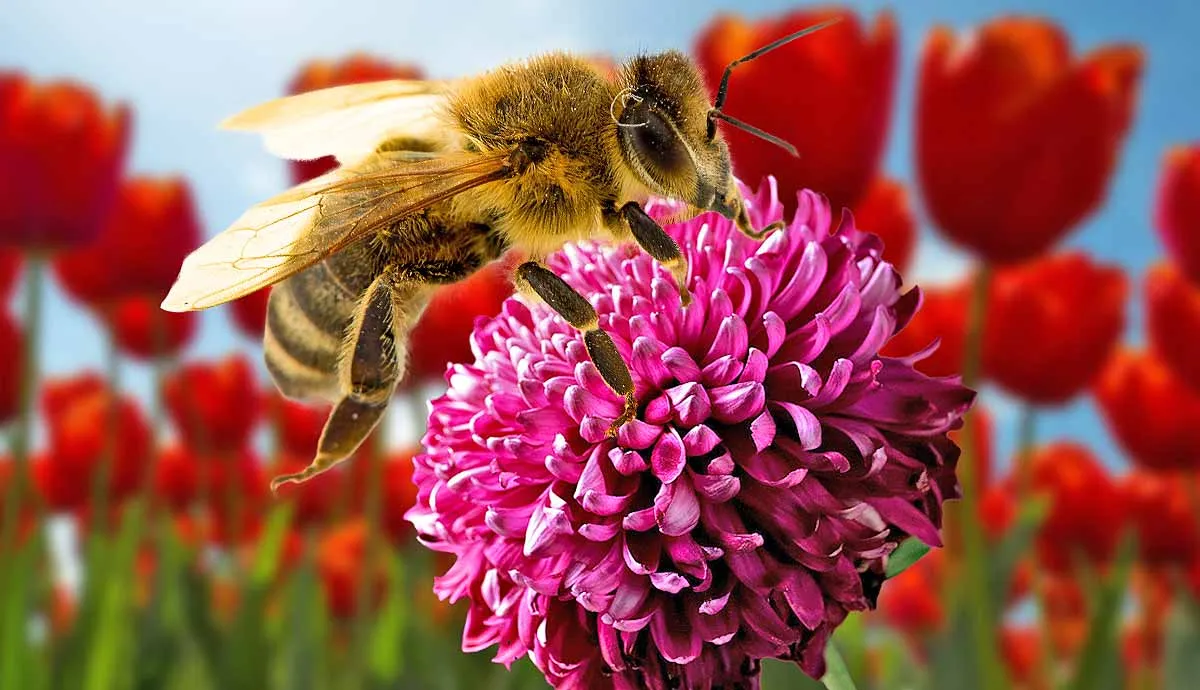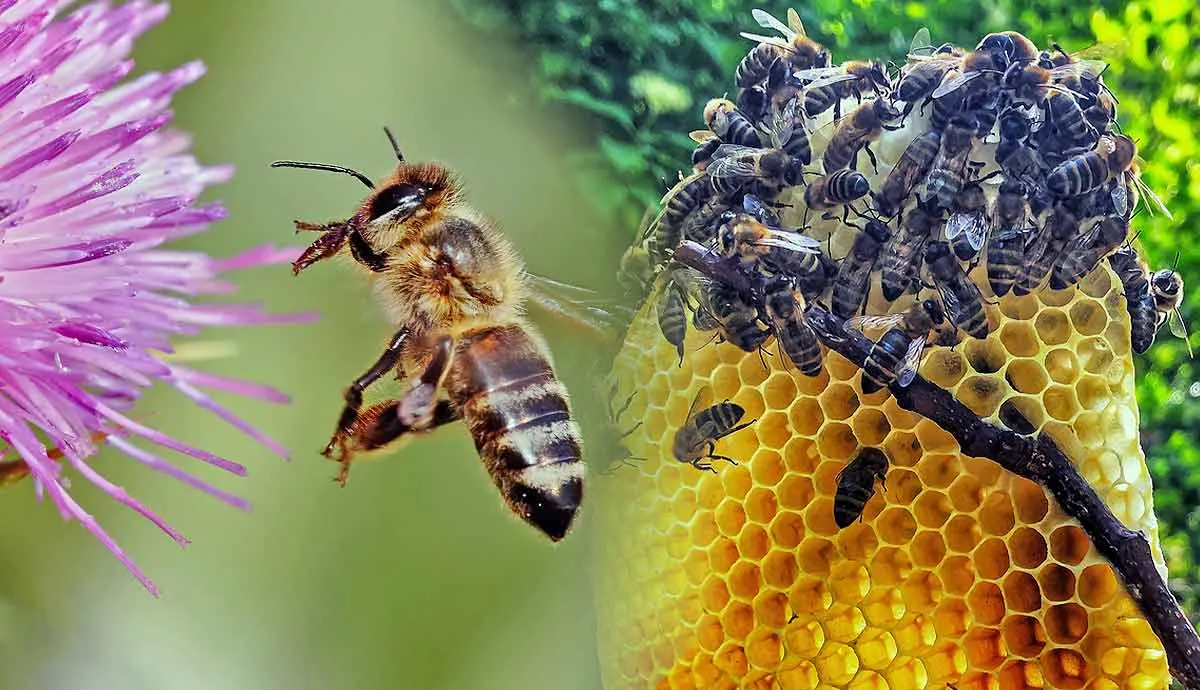The beehive is a complex and intricate place ruled over by the infamous queen bee who unites and guides her loyal subjects. However, when her reign has come to an end, these same loyal subjects turn on their leader and commit a seemingly brutal act - murder. Find out why a colony of bees would kill their queen and learn why it’s actually an important ecological behavior.
The Role of the Monarch
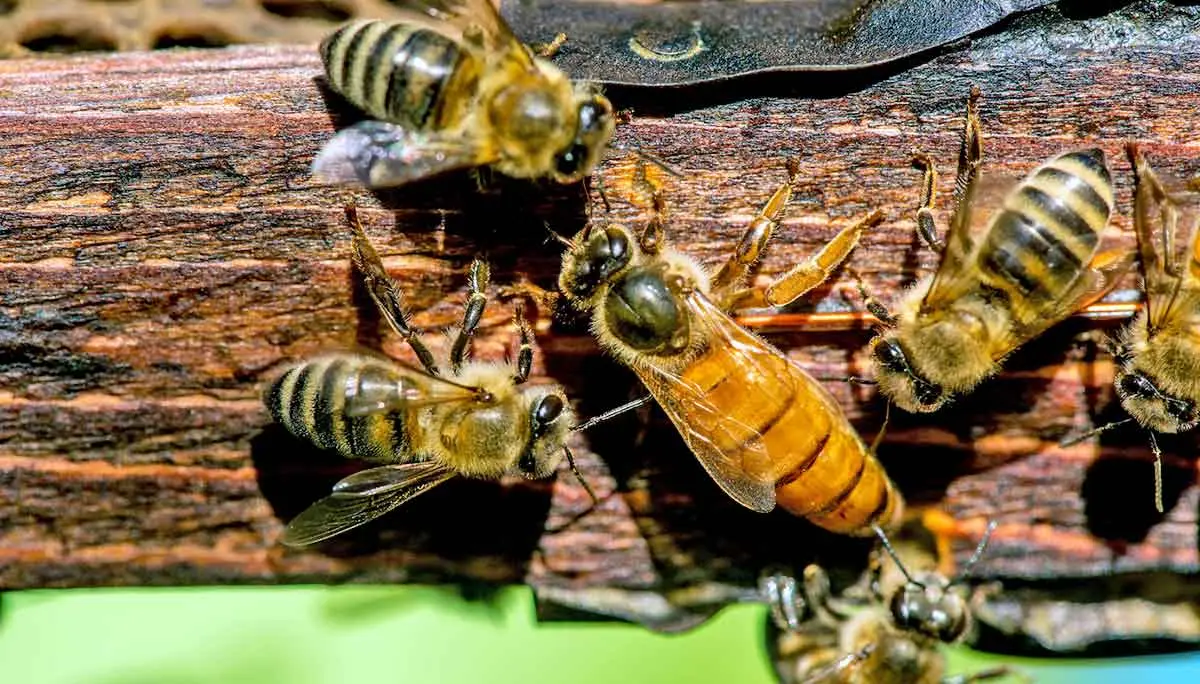
Before diving into this phenomenon, it’s a good idea to understand the role of the queen bee and why she’s so essential to the hive.
First, the queen is the only female in a colony that can mate and lay eggs. This means, as you might have guessed that she’s essential for reproducing and growing and maintaining the hive (and the bee population overall).
Aside from this, the queen emits chemicals called pheromones that enable communication between the hive. In this way, she’s able to maintain order and unity amongst the worker bees and helps ensure that their labor is efficient.
But with such a crucial role to play, why would her worker bees turn against her? Here are the main reasons why this happens.
Overpopulation

In the hot peak of summer, hives can get pretty congested and sticky.
When a queen is laying her eggs (over 1000 a day), you can imagine how the environment gets overcrowded really quickly. With an excess of bees hanging around, the queen’s pheromones don’t work as efficiently as they should - leading to breakdowns in communication between the bees and a loss of control over her subjects.
These chaotic and stressful conditions force the worker bees to take matters into their own hands and split the colony in two, making room for a new queen in each. However, the original queen, unfortunately, needs to be taken down to prevent her from interfering with the new queens doing their jobs.
Decline in Performance

As we’ve mentioned, a thriving queen lays over 1000 eggs each day, which is the highest egg production rate of any insect in the world!
However, all good things come to an end, eventually, the queen’s egg-laying abilities will start to decline and even eventually stop. Older queens are more likely to lay unfertilized eggs, too, rather than the important fertilized eggs which will develop into the female worker bees she needs.
When the workers start to notice that their queen is losing her special touch, they’ll start preparing by constructing a new queen cell. This is where a new queen will develop and emerge before the workers give her royal highness the boot and make way for the new queen.
Merciful Death

Even bugs can get sick, and if the queen of a hive catches a virus, it’s all downhill for her.
Queens can get sick from various causes, like parasites, fungal or bacterial infections, and even a physical injury that inhibits her from mating or laying eggs. Without a healthy and well-functioning queen, a bee colony is bound to fall into disrepair.
A sick queen bee has to be dealt with swiftly in order to prevent her from spreading contagious diseases to other members of the colony. Because of this, the workers will remove her and kill her as soon as they notice she’s feeling under the weather. It sounds brutal, but at least they’re putting her out of her misery.
A Worthy Opponent
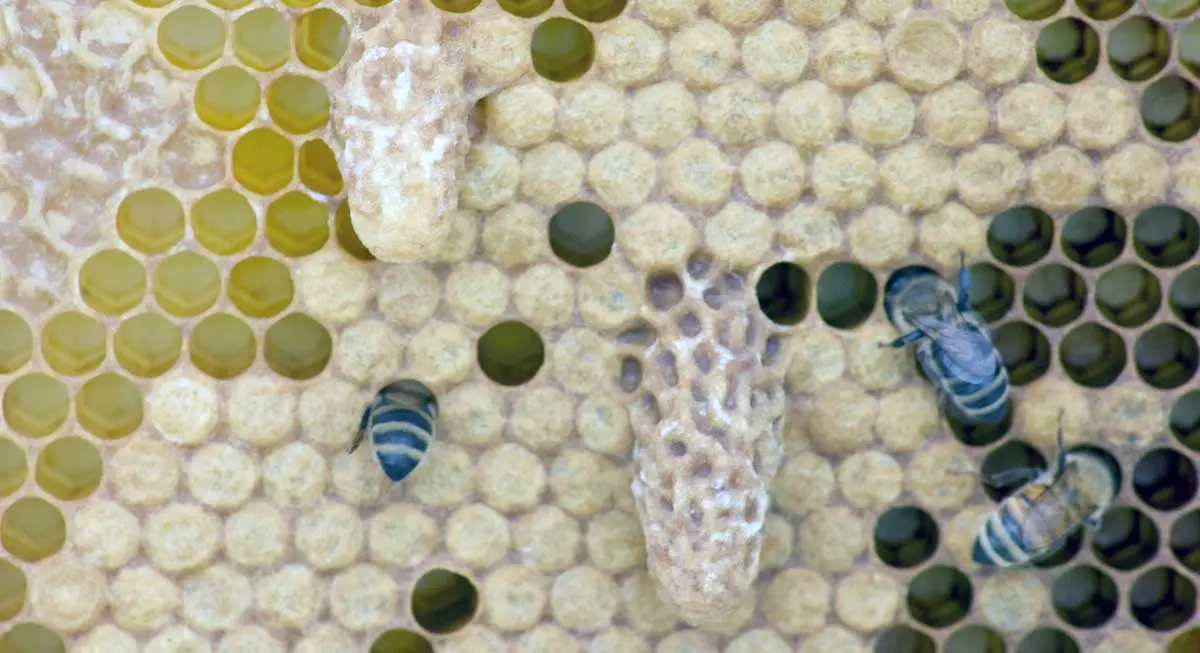
In some rare cases, virgin queens can develop within a hive when the original queen bee is still alive and well - and you can rest assured that the monarch doesn't like the invasion. The workers might have raised new queens due to uncertainty about their current leader.
Two queens in a hive will inevitably lead to conflict, and the ladies will battle it out physically until only the strongest remains. Often, the younger queens are far stronger than the aging queen and take her down with little effort at all. But sometimes, the older queen will win the battle (probably from sheer determination). Naturally, the last bee standing is the ultimate ruler of the hive.
The Ultimate Rejection
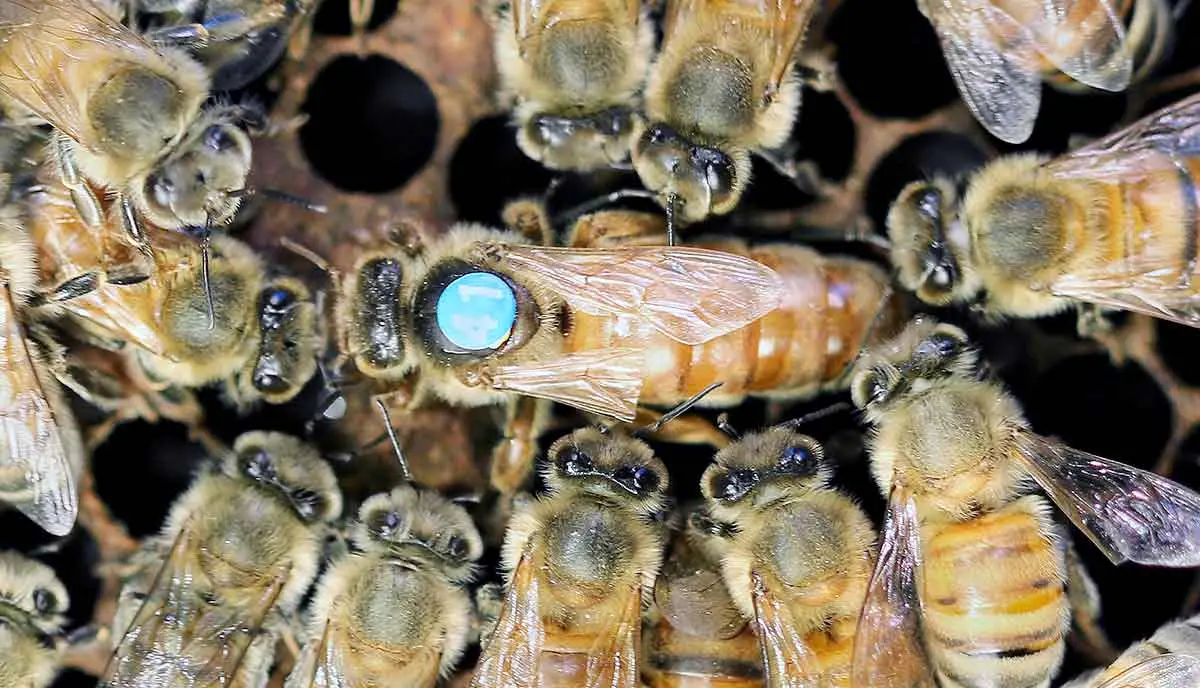
Beekeepers hold a lot of control over their hives and will create colonies by introducing queens that they have specially selected for various reasons.
However, nature will always have its say, and sometimes the worker bees will identify that their queen is genetically different. If they happen to notice, it’s real bad luck for the queen. The workers will swarm her and kill the foreigner without a second thought, rather living queen-less for a time than accepting an outsider from another hive.


